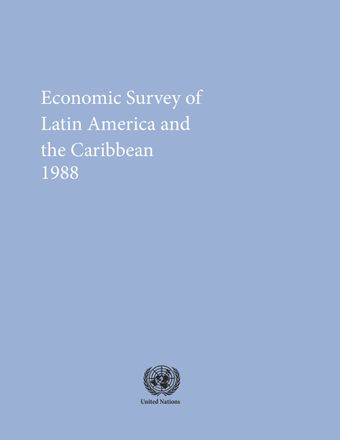Nicaragua

- Author: Economic Commission for Latin America and the Caribbean
- Main Title: Economic Survey of Latin America and the Caribbean 1988 , pp 447-470
- Publication Date: December 1988
- DOI: https://doi.org/10.18356/dcde5b52-en
- Language: English
In 1988, Nicaragua's economic crisis became truly dramatic: the public sector deficit rose to 24% of the gross domestic product, the expansion of the money supply was close to 12 000%, and the 34 000% annual increase in prices thrust the country into a process of outright hyperinflation. All of these factors fostered the breakdown of the country's productive system, causing an 8% drop in the gross domestic product and an 11% slump in per capita income, which thus fell back to the levels of 30 years ago. Nearly all sectors declined, but the situation of manufacturing became particularly critical. The volume of exports of goods dwindled very severely, triggering a pronounced deficit on current account. For its part, the external debt escalated by nearly US$1 billion due to the non-payment of interest and the receipt of fresh credits from other governments to finance imports from those countries.
-
From This Site
/content/books/9789210583022s002-c014dcterms_title,dcterms_subject,pub_keyword-contentType:Journal -contentType:Contributor -contentType:Concept -contentType:Institution105



